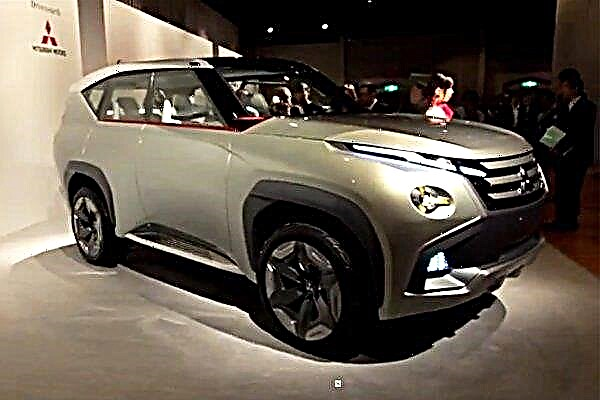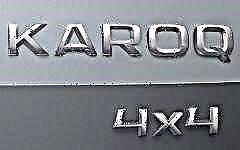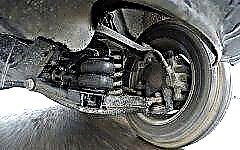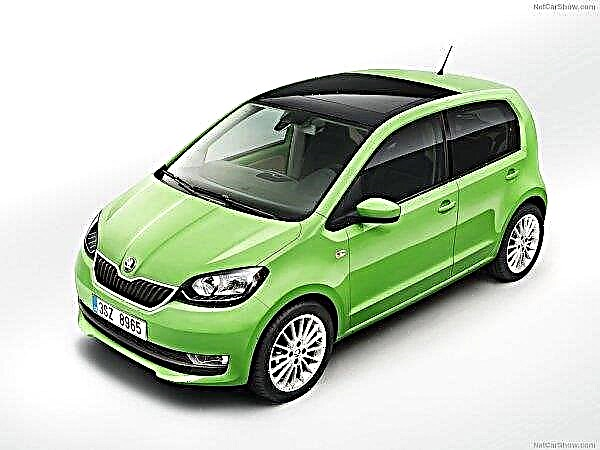An informative article about an automatic injection and ignition control system called launch-control for the fastest start possible.

There is hardly a car enthusiast who has not heard of the Launch-control system. This is an extremely useful feature, since there are many situations (not only when participating in races) when you need to start instantly.
How the launch control was created
Back in the days when the world's first racing competition began, it became necessary to get under way very quickly, but at the same time the wheels should not lose grip. Then there were no microprocessor systems that would allow controlling the operation of the car, so a racer who mastered the art of quick start was considered a top-class driver.
It all started with the fact that in 1985 Renault engineers learned to receive signals from a distance from a car that was far away on the track. Then they mastered the science of signal transmission, with the help of which it was possible to optimize the operation of certain systems.
Some time later, the FIA (International Automobile Federation) banned the use of such systems (at that time, their development rose to a significant level). The ban was issued to the participants of Formula 1 and was motivated by the fact that the use of the systems reduces the skill of the driver. The feasibility of using Launch-control became the subject of active discussions, the system was again allowed, and in 2004 it was again "taboo", as the FIA came to the conclusion that too much money is spent on new electronic systems and for this reason low-budget teams will not be able to participate in auto racing.
Launch-control in series production vehicles

For a long time, the system was used exclusively in high-powered supercars equipped with a manual transmission. In cars with automatic transmission, it was installed quite rarely, since a sharp and quick start has significant harm to the "automatic". It was only after the creation of the dual-clutch transmission that the situation changed radically. These designs are ideally combined with quick start systems.
The standard launch control mode is installed on a number of cars produced by the VAG concern - Volkswagen Tiguan, Scoda Octavia, etc. In most cases, models with a turbo engine are chosen for this. If we talk about production models, then we cannot fail to mention the model of the M series from BMW (for example the BMW M3), which has a Drivelogic sequential gearbox, a sporty Porsche Panamera Turbo, as well as a Porsche 911 (in sport ++ mode).
Japanese automakers install Launch-control on the Lancer Evolution X MR (Mitsubishi), however, such a car can be officially bought only in the USA, and on the Nissan GT-R - on this model, the instant start system is available in the "R" gearbox operating mode.
The most popular manufacturers of customizable universal Launch-control systems include Gizzmo, Racelogic and LRP.
How Launch-control works

The principle of operation of the system lies in the fact that the motor, in a state of fully depressed clutch and maximum open throttle, is held at torque rpm reaching 3 × 4 thousand rpm. If the engine is turbocharged, the latter experiences a lot of pressure, on the verge of maximum. When the Launch-control activation button is released, the rev limit is released, allowing the engine to instantly reach maximum torque.
If the launch control is installed on a serial car, then the driver cannot independently select the parameters. This has an important positive point - the automaker has taken care that the owner of the car does not harm a serious part (transmission, for example). Therefore, the question of choosing the number of revolutions is reserved by the car, and the driver must only press the gas and release the brakes.
For each model with a quick start system, there is an instruction in which the correct use of this mode is prescribed. The latter differs from the usual start in that the left foot presses on the brake, and the right one “accelerates”, and this does not correspond to the rules of driving a car with automatic transmission.
Cars equipped with a DSG transmission, which is represented by a Direct Shift Gearbox, which consists of a tandem of an automatic and a manual gearbox, have two pedals, but the car is controlled in the way provided for "automatic" mode - with one foot. Another important point is that in order for the start in Launch-control mode to be successful, you must remember to turn off the ESC.











